Search Images
Browse Content (p. 1401)
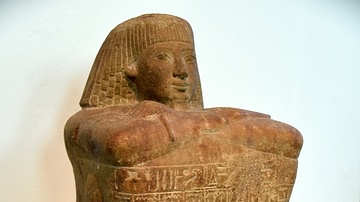
Image
Block Statue of Teti
Teti, who held many official and priestly titles, sits on a mat. He wears a priest's leopard skin and sandals. The tail of the leopard lies beside his right foot. His right hand clasps a lotus flower, a symbol of rejuvenation. The hieroglyphic...

Image
Statue of Roy
Roy, a well-known high-priest of Amun-Ra in Thebes, squats with his arms crossed on his knees. His long pleated robe was fashionable in the Ramesside period. The text on the back-pillar states that the statue was placed in the temple of Mut...
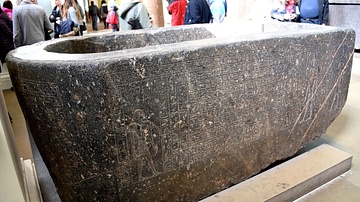
Image
Sarcophagus of Hapmen
Sarcophagus of Hapmen, found in Cairo, Ibn Tulun Mosque (reused as a ritual bath); original location is unknown. 26th Dynasty, c. 624-525 BCE. All surfaces bear figures of gods and funerary texts. Near the head end, one side displays a false...
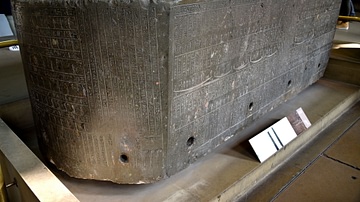
Image
Sarcophus of Nectanebo II
The sarcophagus was prepared for Egypt's last native pharaoh, Nectanebo II. Nectanebo's reign was cut short in the year 343 BCE, when the emperor Artaxerxes III restored Egypt to Persian rule. Nectanebo fled south, never to regain control...
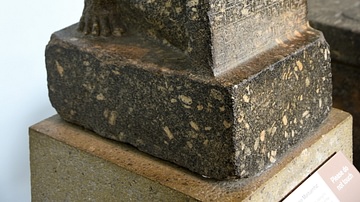
Image
Statue of Governor Montuemhat
Montuemhat kneels behind a stela, raising his hands in worship. The damaged top left of the stela shows him likewise, adorning the sun-god Atum-Khepri. A hymn below describes Atum's sunset into the netherworld. A matching statue, now in Cairo...
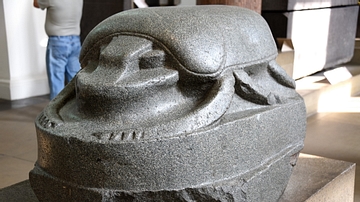
Image
Colossal Scarab
This is one of the largest representations of scarab beetles to survive. It also ranks among the last great statues of any pharaonic deity. The scarab represented Khepri, the form assumed by the sun-god at dawn. The Egyptians noticed that...
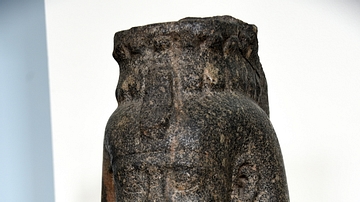
Image
The King's Mother Tasherenese
The cobras on Tasherenese's headdress and forehead signal a royal status, and her fly-whisk was typical of queens. She was, however, not a queen. An inscription on the back-pillar identifies her as the mother of King Amasis, who started out...
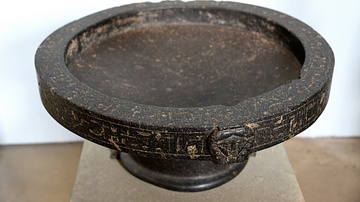
Image
Libation Bowl of Montuemhat
The Governor of Upper Egypt dedicated this bowl to the goddess Hathor and Mut, both named in the inscriptions. The front displays Hathor's face. The bowl was presented by the kneeling figure of Montuemhat, but only traces of his hands survives...
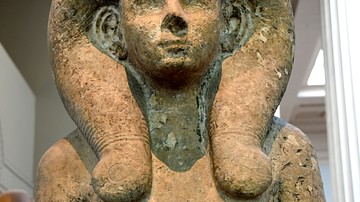
Image
Queen Ahmose-Merytamun
The cobra emblem on the forehead and the Hathoric wig confirms this is a queen. Just as pharaohs were deemed an incarnation of Horus, so did queens embody the goddess Hathor. Ahmose-Merytamun was a sister and wife of Amenhotep I. The bust...
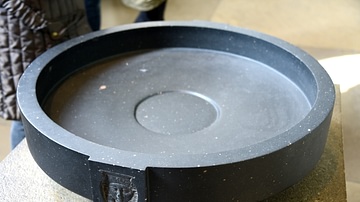
Image
Egyptian Libation Bowl
Priests used bowls like this in temples for liquid offerings to the gods. Two faces of the goddess Hathor adorn the rim. Flat depictions of persons were usually in profile, but Hathor's face was widely displayed in frontal view. In such images...